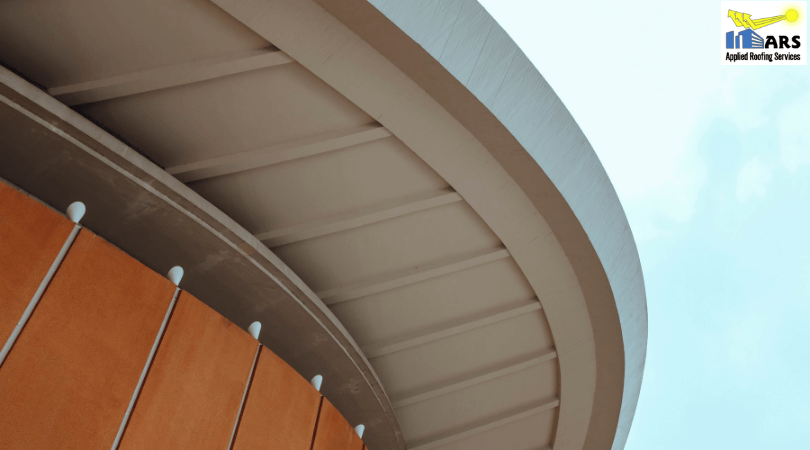Is your roof leaking? It could be because of the roofing system’s flashing failure. A damaged or insufficient flashing will make it difficult for your roof to repel the outside elements, thus causing leaks. Therefore, whether installing a roof or repairing the existing one, ensure the flashing is properly installed and compatible with your roof.
What Is Flashing on a Roof?
Flashing is a thin, metal material that directs water away from the roof’s critical areas including, chimneys, walls, vents, skylights, and roof valleys. It is usually installed everywhere the roof plane meets a vertical surface like a dormer or wall.
Commercial Roof Flashing Types
- Continuous Flashing/Apron Flashing – A long, single metal piece that directs water down to the roof shingles.
- Step Flashing – A rectangular flashing with a 90-degree bend in the middle is used to direct water away from the wall.
- Base Flashing – Used as one of the flashings on chimneys, which require two flashings to ensure the rainwater always flows down to the gutter.
- Counter Flashing – Installed against or above the base flashing to direct water away from the chimney.
- Drip Edges – A thin metal flashing is installed on the roof’s edge to drip off the water, preventing leaks and damage to the home.
Also read: 5 Tips to Extend Your Commercial Roof’s Lifespan
Commercial Roof Flashing Materials
- Copper Roof Flashing – This is malleable, highly durable, and usually found around chimneys.
- Aluminum Flashing – It is an easy-to-form and lightweight flashing. However, aluminum needs to be coated when using it with concrete and masonry because plain aluminum can degrade when coming in contact with alkaline surfaces.
- Steel Flashing – While increasing the aesthetic value of your roof, steel flashing is corrosion-resistant (when galvanized) and also malleable.
Roof Flashing Techniques
Plumbing Vent Boot Flashing
A cylindrical-shaped flashing is installed around the plumbing vent pipe to direct water to run around the vent.
Step Flashing
It is installed at the roof-wall intersection to keep water away from the wall.
Counter Flashing
It is used to seal chimneys and involves two flashing pieces:
- Base flashing (first piece) – Installed around the chimney’s base.
- Counter flashing (second piece) – Installed above the base flashing while embedded into the chimney’s masonry to ensure water does not flow behind the base flashing.
The Purpose of Roof Flashing
Roof flashing is required to protect buildings from water damage and leaks. Otherwise, water would gradually get into the roof-wall intersection and eventually into your building, causing significant damage. Also read: 6 Reasons Why You Need Commercial Roof Cleaning
How Long Should Roof Flashing Last?
When installed properly, roof flashing can last up to 30 years. If you are looking for the best commercial roofing contractor in California, look no further than Applied Roofing Services. To get comprehensive commercial roofing solutions, contact us today at 714-632-8418 or request a quote online.


